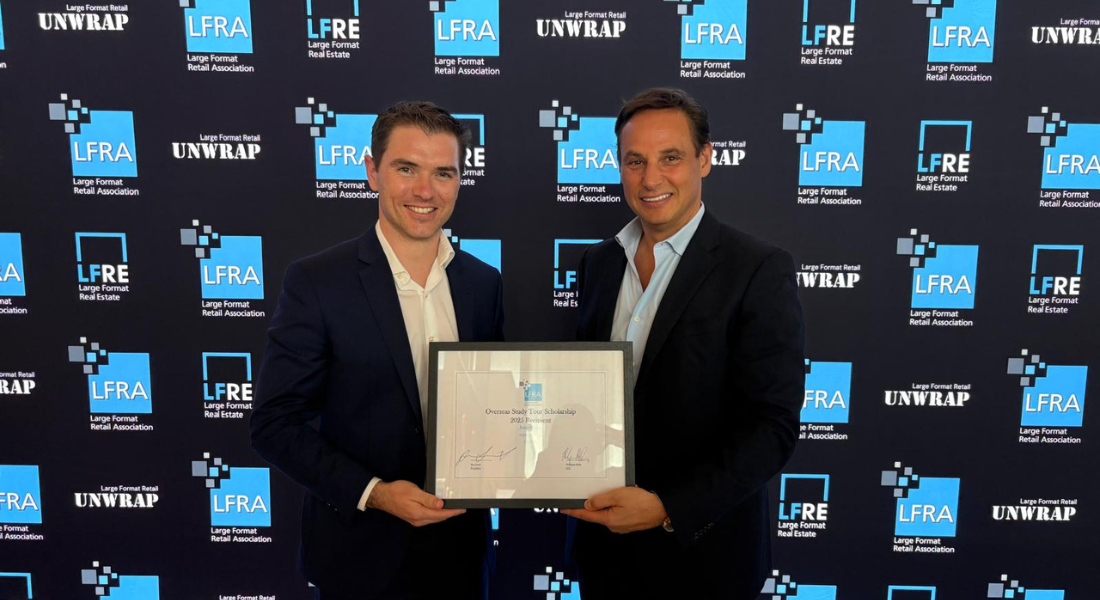Navigating emerging risks and global insurance trends: key strategies for H2 2024

For the first time in nearly seven years, global commercial insurance rates remained flat in the second quarter of 2024. This marks a significant milestone, as it is the first period since Q3 2017 that rates did not show an increase. Locally, insurance rates saw a notable decline, which was primarily driven by reductions in property and financial / professional lines.
So, what are the favourable Trends for Business Insurance in the latter half of 2024?
While certain areas still present challenges, the moderation in pricing for key commercial insurance lines that began in 2023 has persisted into the new year. This shift follows several years of significant premium increases and challenging market conditions, fostering growing confidence within the insurance sector.
Insureds have increasingly recognised the significance of valuations, risk surveys and meeting risk improvements to obtain favourable renewal outcomes.
Premium hikes have slowed, broader coverage options have emerged, and overall market stability has improved, with more competition and leveling premiums across most commercial lines. Insureds now enjoy greater choice and renewed control over risk placement.
Capacity is abundant as new entrants and re-entrants boosted competition in the mid-market space and those Insureds with a compelling risk management narrative, healthy loss record and benign exposures are achieving superior outcomes.
Following several years of portfolio-wide adjustments, insureds have also experienced deducible stability, with the notable exception of claims impacted risks as insurers continue to move away from frequency losses.
A tightening regulatory landscape presents challenges for businesses and directors.
The global insurance market is experiencing a period of stabilisation and increased competition, offering clients more options and control. However, the industry faces ongoing challenges from escalating risks and the need for transformative change. Insurers must continue to innovate and adapt to maintain their role as essential financial safety nets in an increasingly volatile world.
Some emerging risks include:
- Electric Vehicle (EV) charging infrastructure and lithium battery fires pose a considerable threat to properties and surrounding structures.
- Global regulations are evolving to address areas such as data privacy, AI, cyber, climate change, trade, diversity, and more.
- Artificial intelligence is driving the requirement to embrace new technologies responsibly. Human error at the deployment stage of AI technologies could have a widespread impact.
- Environmental, social and governance continues to be on the radar with biodiversity loss emerging as a parallel challenge to climate change risks.
- With 2024 a pivotal election year with uncertain outcomes, it is making for a challenging geopolitical landscape for insurers to navigate. Depending on the outcome of the elections there could be anticipated disruption that could affect global supply chains and create uncertainty and interruption.
- Parametric insurance continues to emerge as a viable approach to managing natural catastrophe risks as a portion of an overall risk profile.
Here are key strategies to effectively position your business:
- Continue to start the renewal process early: Allow time to tell your story and differentiate your risk which will encourage competitive tension.
- Maintain good risk management hygiene: Comply with all risk recommendations on a timely basis.
- Update asset values regularly: Clearly articulate your valuation methodology and replacement cost valuation approach and how you adjust for inflation to avoid Average (co-insurance) Clauses.
- Reassess your business interruption exposure: Supply chain challenges resulting from the pandemic, the events in Eastern Europe, and the recent attacks in the Red Sea continue to create inflationary pressure for raw materials, critical equipment, and component parts. Adequacy of indemnity periods to be reviewed as the current periods may currently be too short to address the complexities and prolonged nature of supply chain disruptions.
- Leverage data, analytics and modelling to set risk tolerance: Identify risk transfer/ financing options, and support presentation of risk to insurers.
- Utilise flood modelling: This is a pivotal aspect of risk management, enabling a proactive approach to assessment, mitigation and strategic decision making as well as demonstrating business reliance to insurers.
- Improve your information technology posture: Strengthening your organisation’s overall approach to IT to enhance security and optimise operations will enhance insurability and maximise ability to risk manage emerging cyber risks.
Stella Pruscino is Account Director with Edgewise Insurance Brokers. She can be reached at spruscino@edgewise.com.au and via LinkedIn.




